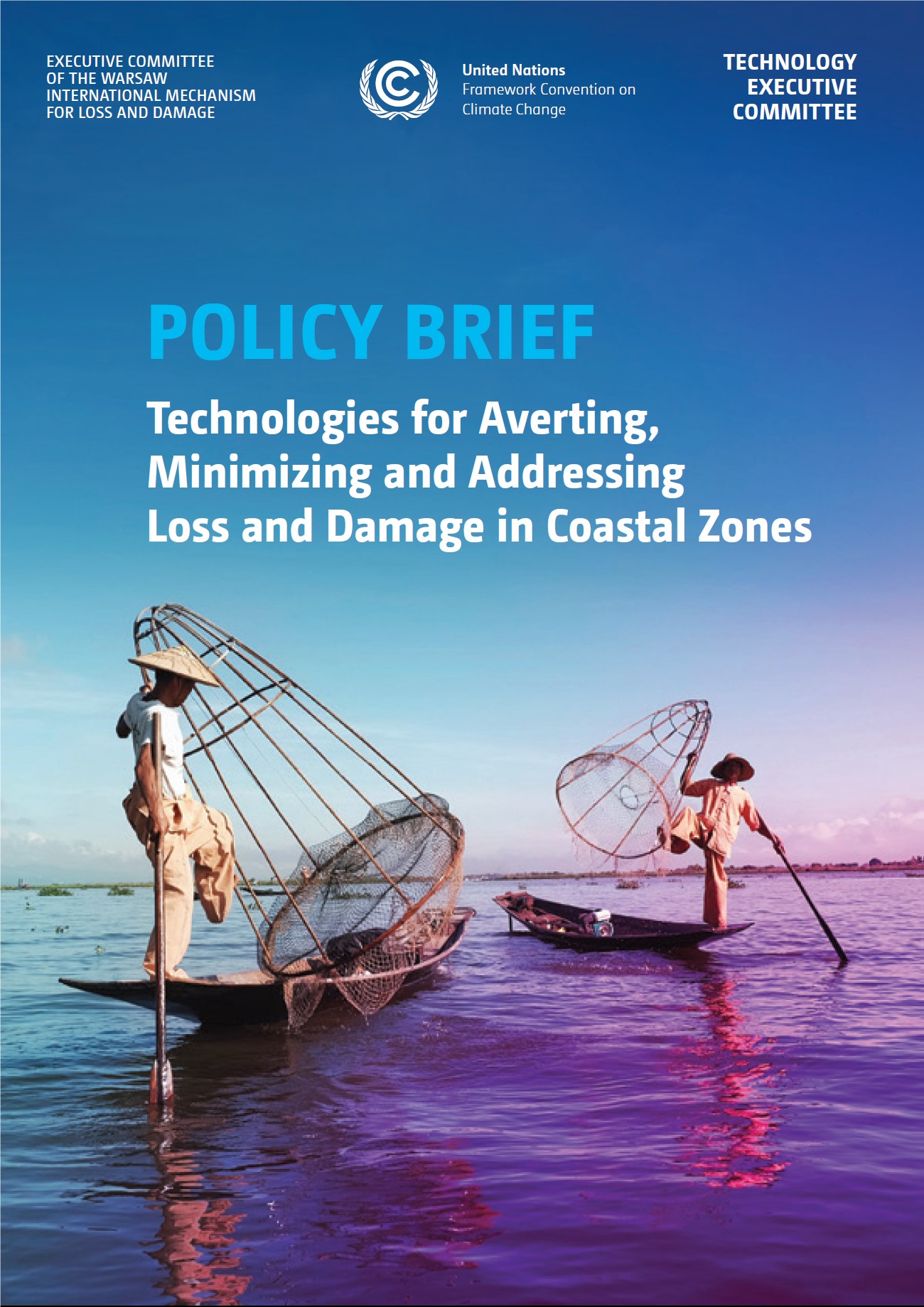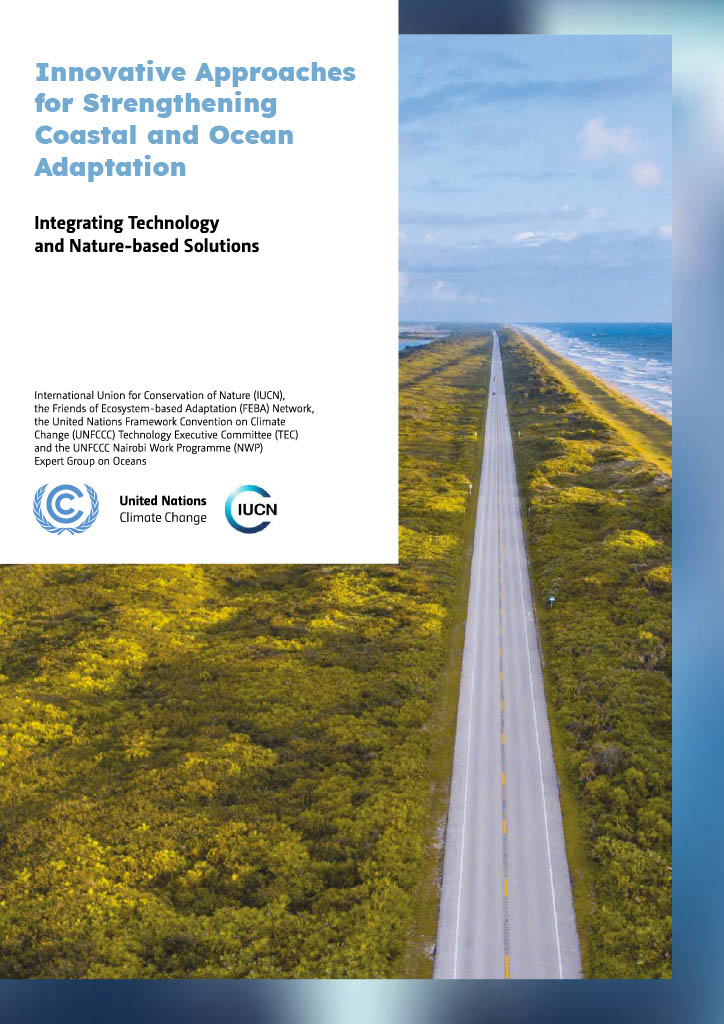Oceans and Coastal Zones
Technologies for addressing  | Innovative approaches for strengthening  |
technologies for ocean and coastal zones
Today more than 600 million people live in coastal zones that are less than 10 meters above sea level, leaving many coastal communities and Small Island Developing States (SIDS) particularly vulnerable to a combination of slow-onset climate impacts, including sea-level rise, coastal erosion, warming ocean temperatures and ocean acidification, and fast-onset hazards, including extreme weather events such as storm surges and tropical cyclones. These climate impacts are further exacerbated by parallel challenges of ecosystem degradation, unsustainable resource use, and pollution, which reduce the capacity of coastal ecosystems to serve as a buffer against storm surges and tropical cyclones and to ensure food security.
To address the progressive impacts and challenges of climate change, there is an urgent need to adopt innovative approaches that integrate both technology and nature to enhance the resilience of coastal and ocean-dependent communities.
To learn more about the committee's work on ocean and coastal regions, read the policy briefs below:
POLICY BRIEF: Innovative Approaches for Strengthening Coastal and Ocean Adaptation: Integrating Technology and Nature-based SolutionThis policy brief is based on the outcomes of a series of events on integrated adaptation approaches organized by the UNFCCC Technology Executive Committee (TEC), Nairobi Work Programme (NWP) Expert Group on Oceans, IUCN, and Friends of EbA (FEBA) in 2021 as part of Technology Day. |
POLICY BRIEF: TECHNOLOGIES FOR AVERTING, MINIMIZING, AND ADDRESSING LOSS AND DAMAGE IN COASTAL ZONESThis policy brief is the result of collaborative work of the TEC and WIM Executive Committee with valuable contribution from experts in these areas and inputs from the Expert Dialogue on technologies for averting, minimizing and addressing loss and damage in coastal zone held in conjunction with the Bonn Climate Change Conference in June 2019. |
